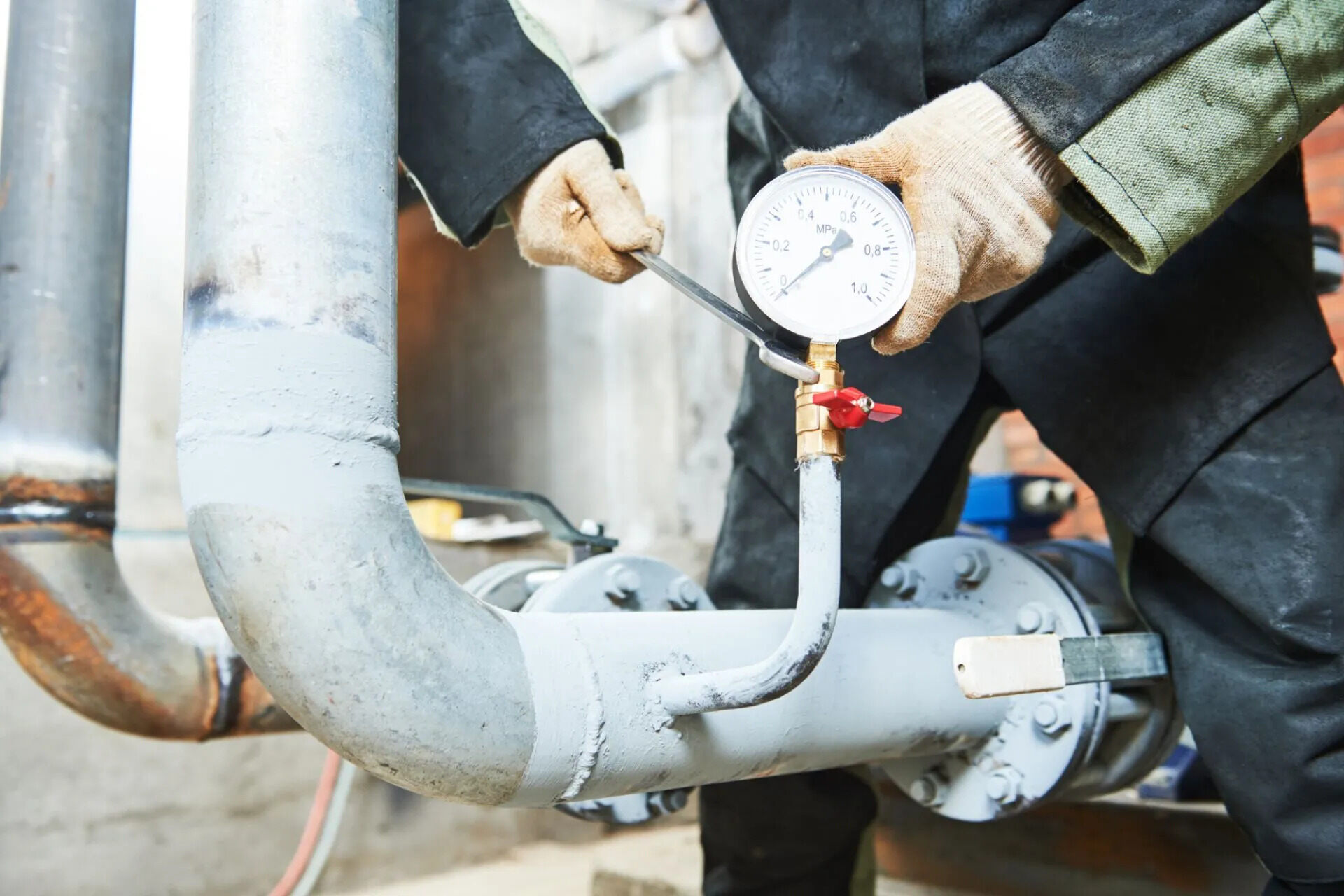
Pressure regulators are essential devices that control the pressure of gases or liquids in various systems. But what exactly do they do, and why are they so important? In simple terms, they ensure that the output pressure remains constant, even when the input pressure fluctuates. This stability is crucial for safety and efficiency in many applications, from industrial machinery to medical equipment. Imagine trying to inflate a balloon without a regulator; too much pressure, and it bursts. Too little, and it barely inflates. Pressure regulators work similarly, maintaining the perfect balance. Ready to learn more? Here are 31 fascinating facts about these vital components.
What is a Pressure Regulator?
A pressure regulator is a device that controls the pressure of a fluid or gas to a desired value. It ensures that the output pressure remains constant despite variations in the input pressure or flow rate.
- Pressure regulators are used in various applications, from household gas stoves to industrial machinery.
- They help maintain safety by preventing excessive pressure that could cause damage or explosions.
- These devices are essential in medical equipment like oxygen tanks, ensuring patients receive the correct amount of oxygen.
- Pressure regulators can be found in scuba diving gear, allowing divers to breathe comfortably underwater.
- They are also used in automotive systems, such as fuel injection systems, to ensure optimal engine performance.
How Do Pressure Regulators Work?
Understanding the working mechanism of pressure regulators can help appreciate their importance in different systems.
- Pressure regulators operate using a spring-loaded valve that adjusts to maintain a constant output pressure.
- The valve opens or closes based on the input pressure, ensuring the output remains stable.
- Some pressure regulators use a diaphragm to sense changes in pressure and adjust the valve accordingly.
- In gas regulators, a vent hole allows excess gas to escape, preventing overpressure.
- Liquid pressure regulators often have a bypass valve to redirect excess fluid back to the source.
Types of Pressure Regulators
Different applications require different types of pressure regulators. Here are some common types:
- Single-stage regulators reduce pressure in one step and are suitable for applications with stable input pressure.
- Dual-stage regulators reduce pressure in two steps, providing more precise control for applications with fluctuating input pressure.
- Back pressure regulators maintain a set pressure upstream by releasing excess pressure downstream.
- Vacuum regulators control the pressure in vacuum systems, ensuring consistent performance.
- High-pressure regulators are designed for applications requiring high output pressure, such as industrial gas cylinders.
Applications of Pressure Regulators
Pressure regulators are versatile devices used in various fields. Here are some notable applications:
- In the oil and gas industry, they control the pressure of natural gas and oil during extraction and processing.
- In the food and beverage industry, they ensure consistent carbonation levels in soft drinks and beer.
- Pressure regulators are crucial in water treatment plants, maintaining the correct pressure for filtration and distribution.
- In the aerospace industry, they regulate the pressure of hydraulic systems in aircraft.
- They are also used in HVAC systems to control the pressure of refrigerants and ensure efficient cooling and heating.
Benefits of Using Pressure Regulators
Using pressure regulators offers several advantages, making them indispensable in many systems.
- They enhance safety by preventing overpressure and potential accidents.
- Pressure regulators improve system efficiency by maintaining optimal pressure levels.
- They extend the lifespan of equipment by reducing wear and tear caused by fluctuating pressure.
- These devices help conserve energy by ensuring that only the necessary amount of fluid or gas is used.
- Pressure regulators can reduce maintenance costs by minimizing the risk of damage to system components.
Maintenance and Troubleshooting
Proper maintenance and troubleshooting can ensure the longevity and reliability of pressure regulators.
- Regularly inspect pressure regulators for signs of wear or damage, such as leaks or corrosion.
- Clean the regulator components to prevent blockages that could affect performance.
- Replace worn-out parts, such as diaphragms or springs, to maintain optimal functionality.
- Calibrate pressure regulators periodically to ensure accurate pressure control.
- If a pressure regulator fails to maintain the desired pressure, check for issues like clogged filters or damaged seals.
Fun Facts About Pressure Regulators
Pressure regulators might seem like mundane devices, but they have some interesting aspects worth noting.
- The first pressure regulator was invented in the 19th century to control the flow of gas in street lamps.
The Final Word on Pressure Regulators
Pressure regulators might seem like simple devices, but they play a crucial role in many industries. From ensuring safe gas flow in your home to maintaining precise pressure in industrial settings, these gadgets are indispensable. They help keep systems running smoothly, prevent accidents, and save energy.
Understanding how they work and their importance can help you appreciate the technology behind everyday conveniences. Whether you're a homeowner, a technician, or just curious, knowing a bit about pressure regulators can be quite handy.
Remember, regular maintenance and proper installation are key to their longevity and efficiency. So next time you adjust your gas stove or see a regulator in action, you'll know just how vital that little device is. Keep these facts in mind, and you'll be well-informed about one of the unsung heroes of modern technology.
Was this page helpful?
Our commitment to delivering trustworthy and engaging content is at the heart of what we do. Each fact on our site is contributed by real users like you, bringing a wealth of diverse insights and information. To ensure the highest standards of accuracy and reliability, our dedicated editors meticulously review each submission. This process guarantees that the facts we share are not only fascinating but also credible. Trust in our commitment to quality and authenticity as you explore and learn with us.
